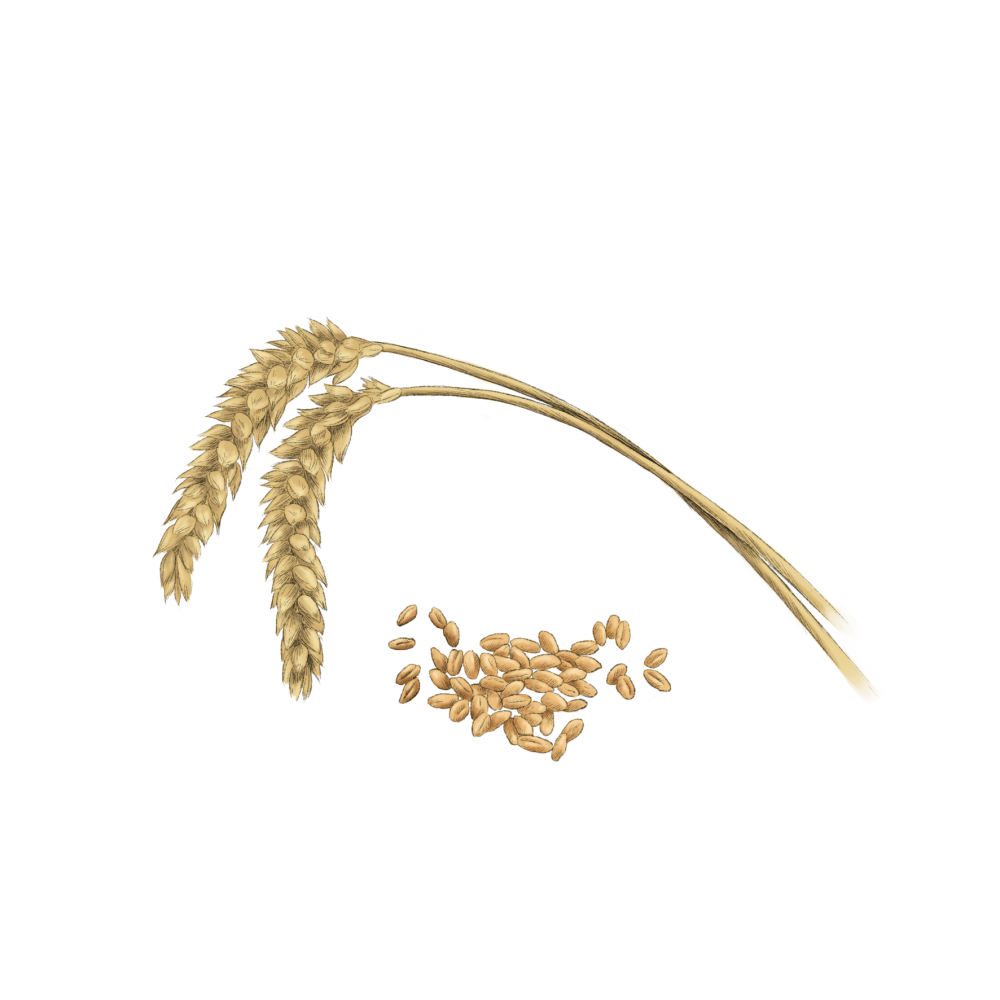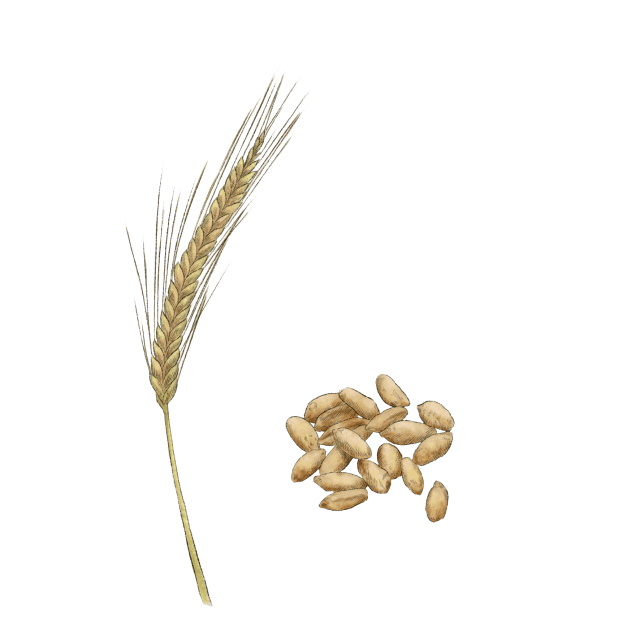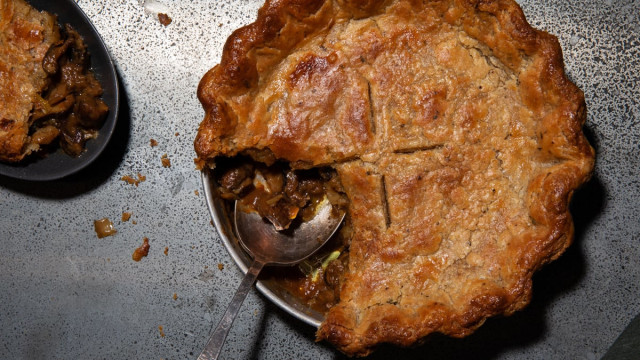Kamut

Latin name: Triticum turgidum ssp. turanicum
Other names: Khorosan wheat, Oriental wheat
Uses: grain
What is Kamut?
Kamut is an heirloom wheat (“Khorosan” refers to a swath of the Fertile Crescent) with much larger grains, but its uses are pretty much identical to modern wheat: it’s ground into flour or cooked as a whole grain.
Why is Kamut healthy?
Known as a high-energy grain due to its high percentage of lipids, Kamut is an excellent source of minerals, polyphenols, and fatty acids. Its high manganese content helps it support bone and cognitive health. Kamut is also a good source of phosphorus, an essential mineral for hundreds of cellular activities. It may boost immunity and help to balance hormones, optimizing reproductive health.
What does Kamut taste like?
Kamut tastes like whole wheat, but with a more roasted-nut, buttery flavor. The whole grains have a smooth, chewy texture.
How do I use kamut?
Because of its larger grain size, whole Kamut takes longer to cook than modern/regular wheat — more than an hour of simmering to yield a tender product. You can definitely speed this up by using a pressure cooker; either way, season the cooking liquid (or use broth) to maximize the flavor. Use Kamut flour interchangeably with regular wheat for baking.
What does Kamut pair well with?
The whole cooked grains are like Super Wheat: ideal when paired with sturdy greens and herbs (especially parsley), dried fruit, and sharp/salty cheeses for winter salads and pilafs. Cooked Kamut goes beautifully with Ottoman and Georgian flavors: think cinnamon, coriander, and cumin; walnuts and honey; barberries and dried figs; pumpkin and quince.
Where does Kamut grow?
Kamut probably originated in the Fertile Crescent, with a range that likely extended from Central Asia and North Africa. It is still grown in northeastern Iran, where it’s sometimes used for camel food, and on a small scale for human consumption elsewhere in the Middle East. A Montana airman stationed in Portugal sent a handful of seeds back home as a novelty in 1949, and today Kamut is still grown in the northern Plains of the United States.
How to buy Kamut:
If you’re buying whole kamut, look for golden-tan, unbroken grains. Like other wheat, Kamut will keep longest if stored in an airtight container in a cool, dry place.
Fun Kamut fact:
Kamut is actually just a brand name of Khorosan wheat. In 1964, 16-year-old farm kid Bob Quinn got the seed (grown from the original Montana crop) at a county fair where farmers marveled at its giant grain size. In 1977, with a fresh plant biochemistry PhD under his belt, Quinn started his venture to make a giant wheat version of Corn Nuts. That idea didn’t take off, but Quinn decided to start growing Kamut anyway on his own organic farm in the 1980s, and registered the name Kamut. All Kamut-brand Khorosan wheat is still organically grown today.




